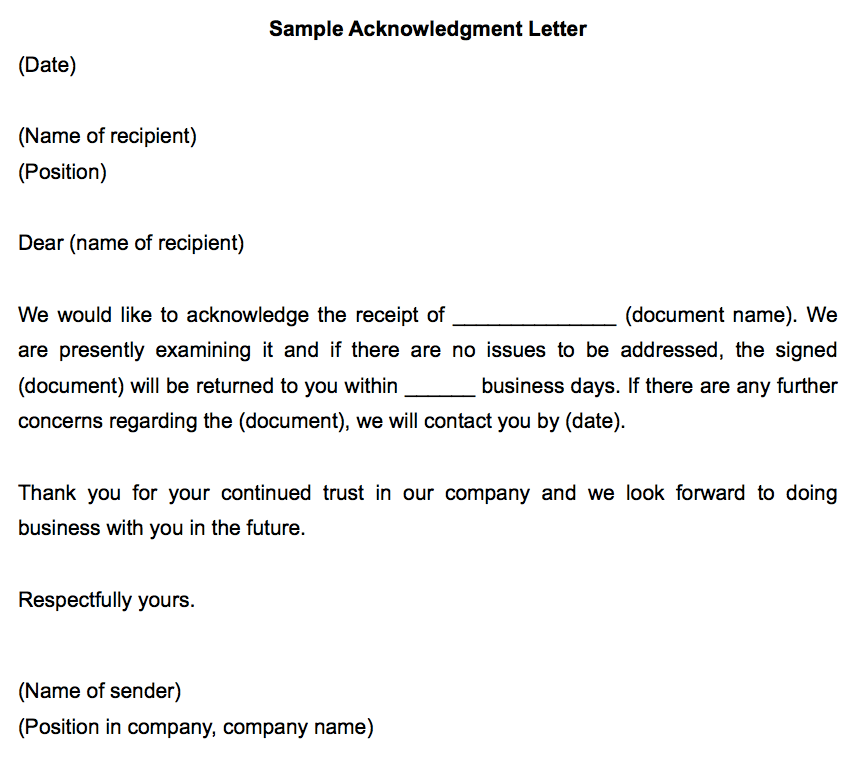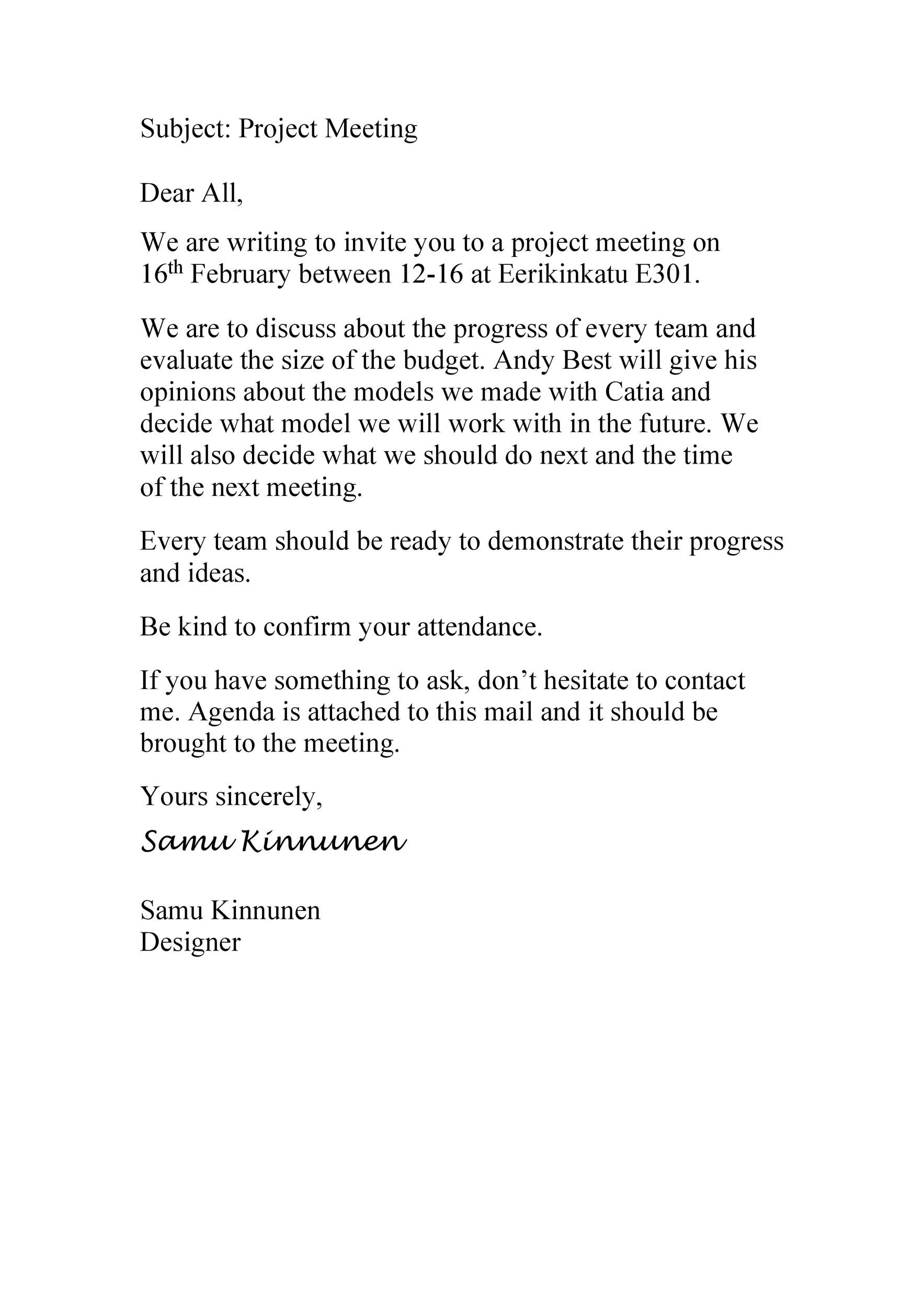

The recipient should know why you're sending a reminder and feel compelled to act. Succinct subject lines will get you far when sending reminder emails. The best email reminders have five core elements. You want to be polite enough to encourage people to take action but not so passive that people ignore your message. Now that you know the perfect time to send each reminder email, it's time to figure out what to include so you sound friendly and get a quick reply back.Īll friendly reminder emails should be clear, kind, and to the point. Still no word? Wait five to seven days before hitting "send." If someone was supposed to contact you after a job interview, hiring managers suggest waiting until after the agreed-upon timeline to send a reminder email.
Job interview: If an interview happens to be scheduled a few weeks out, it's best to check in the day before to make sure the time still works for everyone involved. This may seem like a long time but Indeed found that 44% hear from employers within a couple of weeks of applying and only 37% hear back within one week. If someone recommended you for the position, check in with them for insight before reaching out to the HR team or hiring manager. Job application: The Muse recommends waiting five to 10 business days before following up. You want to remind people when it's top of mind and show that you're waiting for them to take action. Past due payment or deadline: One day after the due date. Give people more time for a complex project and a shorter time frame for a simple task. You may want to send multiple reminders leading up to the event to build enthusiasm and make sure everyone is clear about the timing and scheduling. Upcoming event: Three to 14 days before the event. Give people involved in the meeting a few days of lead time, as they may have items to prep beforehand. Upcoming meeting: One to two days ahead of time. There isn't a single best time for each situation, but these are the most common time frames for each reminder email. You also need to get the timing just right. The tone is just one element of a friendly email reminder. Subject lines that include phrases like "Following Up", "Checking In", or "Next Steps" are effective in these situations. All caps can come across as aggressive and out of place, especially if the rest of your message is friendly and conversational.įor more casual reminders, choose words that are active but less urgent. While active language is considered good form, capitalizing your entire subject line is typically not. If the situation requires immediate action, like a missed deadline, you can use language that's to the point, yet kind and understanding.Īdding "Action Required", "Request", or "Reminder" to your subject line draws attention immediately and can jumpstart the recipient into action. Nudging someone about a missed deadline requires a different tone than reminding a colleague when to meet for coffee. The tone of every friendly reminder email should be polite and professional but urgent and to the point. No matter the purpose, the main things to keep in mind are the tone and timing of your email. Staying top of mind when applying and interviewing for a job.Reminding people about missed deadlines.

Writing a Friendly Reminder Emailįriendly reminder emails are best to send when something important is coming up or when a deadline has been missed. It will also make you look proactive and professional, without being pushy. A well-written reminder will cut down on the number of missed appointments and deadlines. In every reminder, the recipient should know exactly what the email is for, what they need to do, and by when. But since 31% of people say the best workday would be a day without responding to emails, messages are bound to get lost or forgotten. No one likes to miss deadlines or reschedule meetings. If you get both right, an email reminder can actually be a relief to recipients when the week gets jam-packed. But to come across as friendly and helpful, instead of impatient and pushy, you have to land on the right tone and timing.






 0 kommentar(er)
0 kommentar(er)
